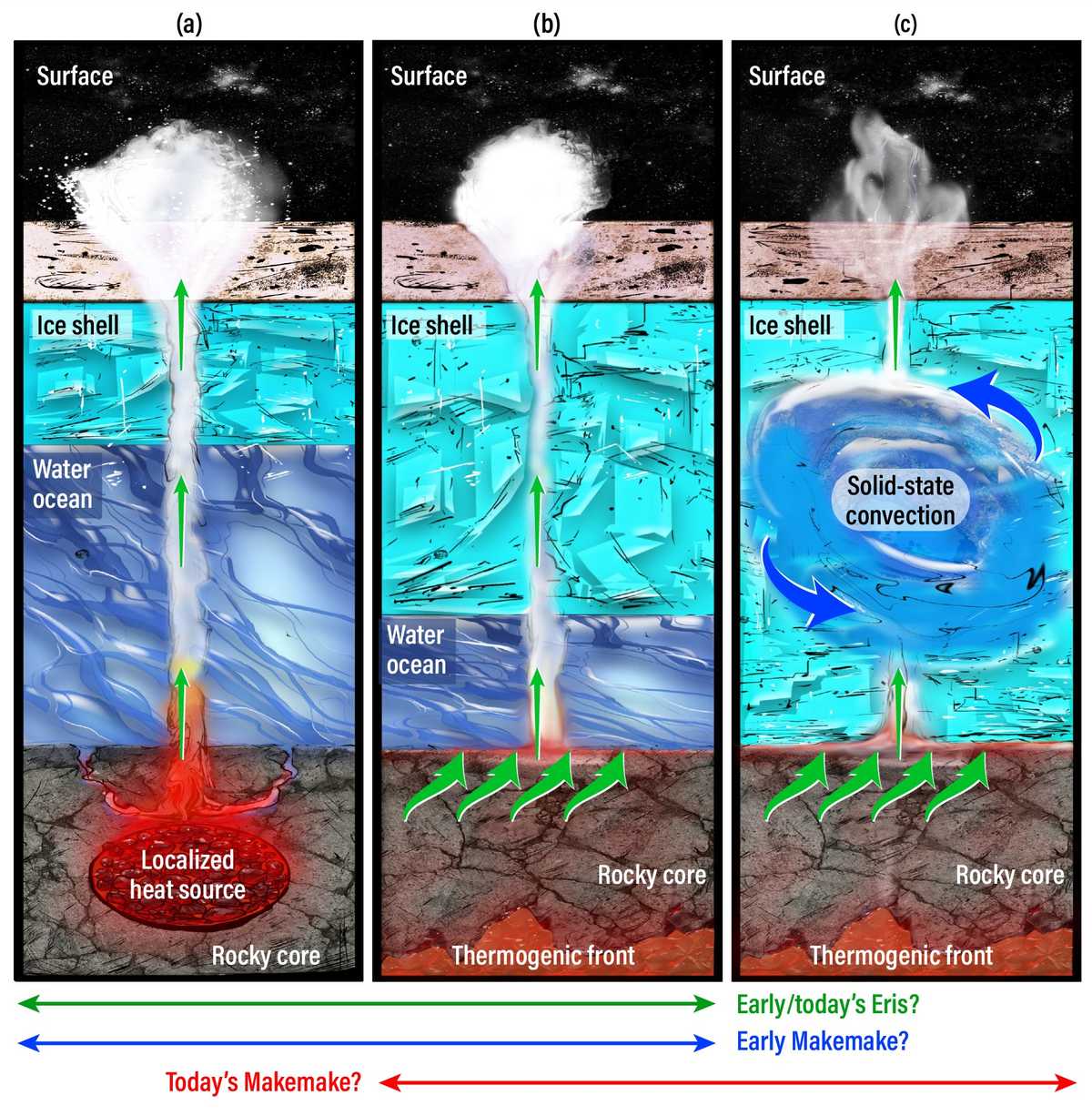
Webb telescope observes potentially young Methane deposits on surfaces of Eris, Makemake. A team co-led by Southwest Research Institute found evidence for hydrothermal or metamorphic activity within the icy dwarf planets Eris and Makemake, located in the Kuiper Belt. Methane detected on their surfaces has the tell-tale signs of warm or even hot geochemistry in their rocky cores, which is markedly different than the signature of methane from a comet.
“We see some interesting signs of hot times in cool places,” said SwRI’s Dr. Christopher Glein, an expert in planetary geochemistry and lead author of a paper about this discovery.
The Kuiper Belt is a vast donut-shaped region of icy bodies beyond the orbit of Neptune at the edge of the solar syste...
Read More





Recent Comments